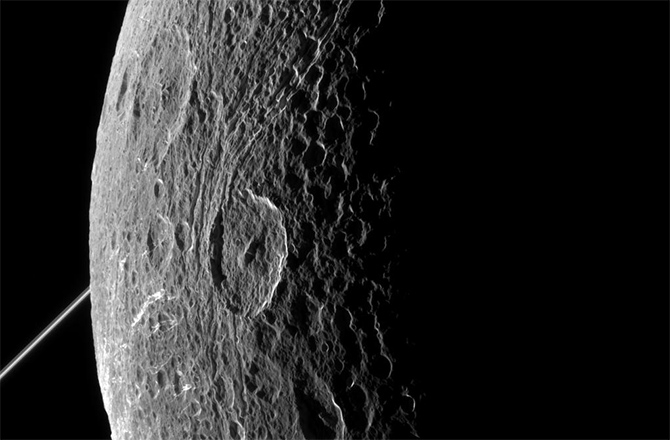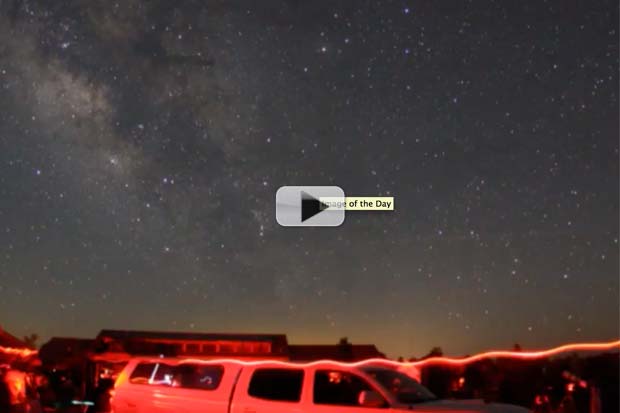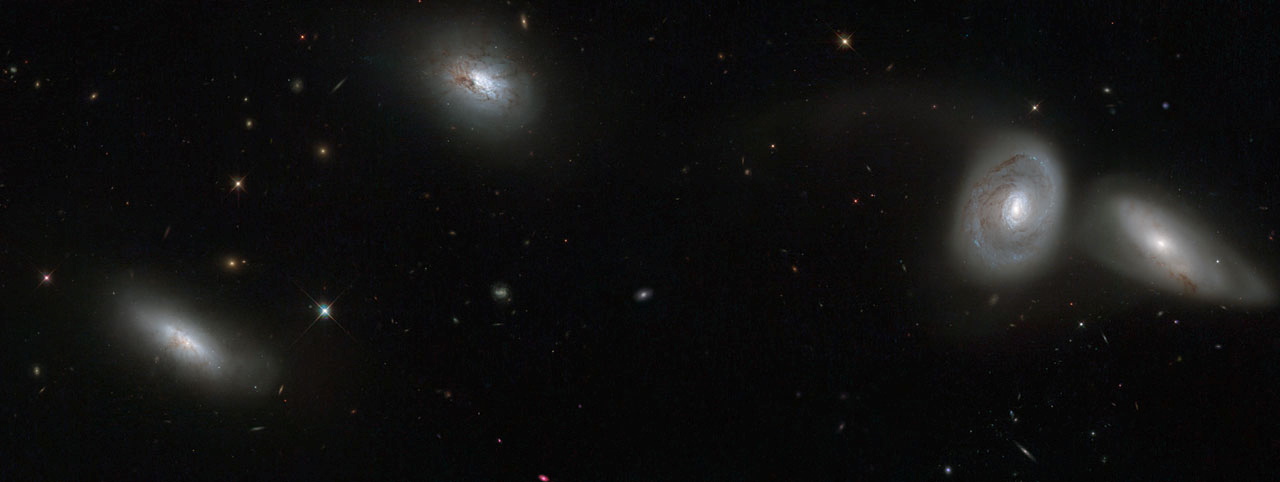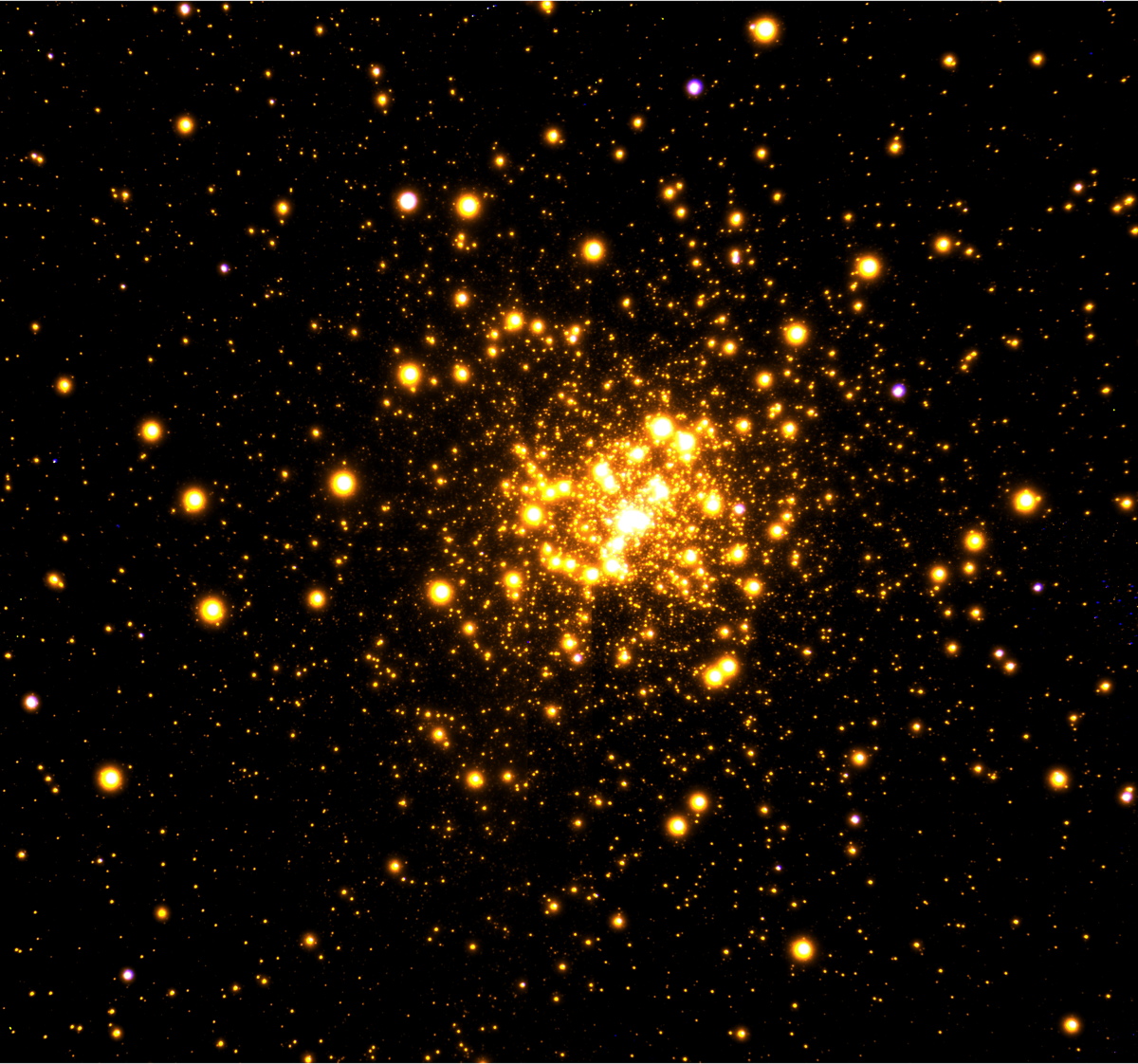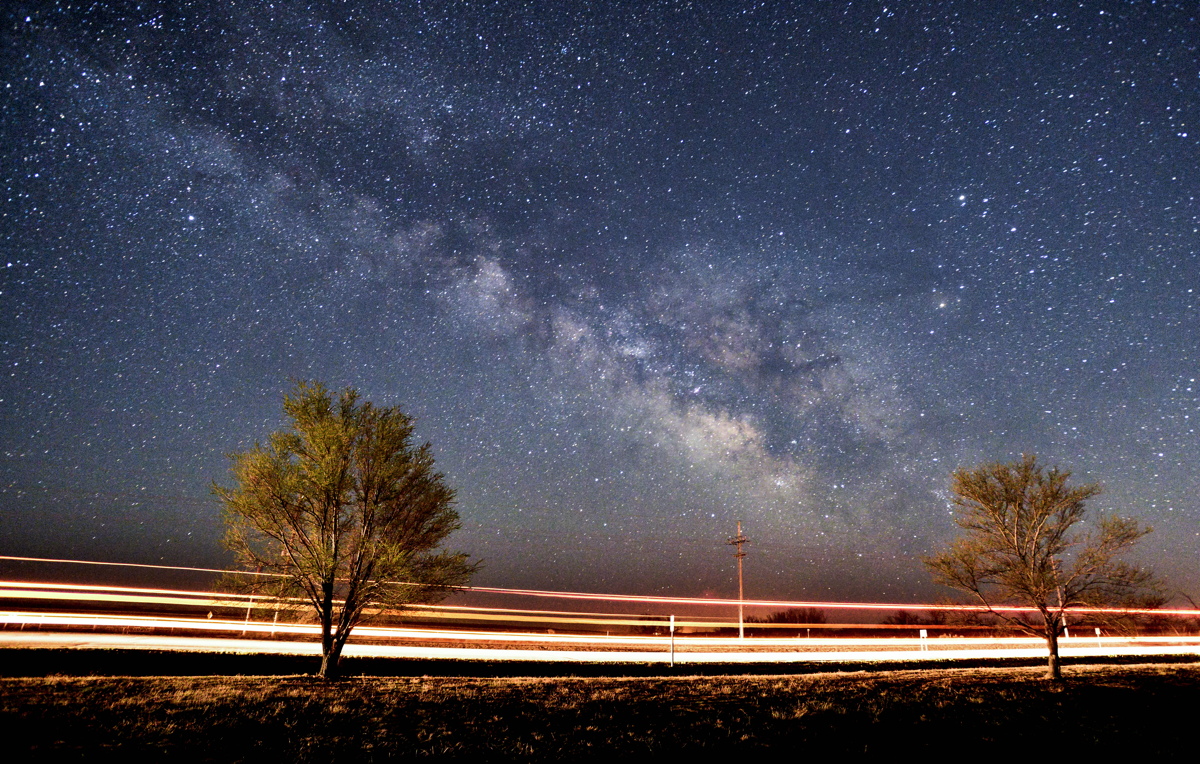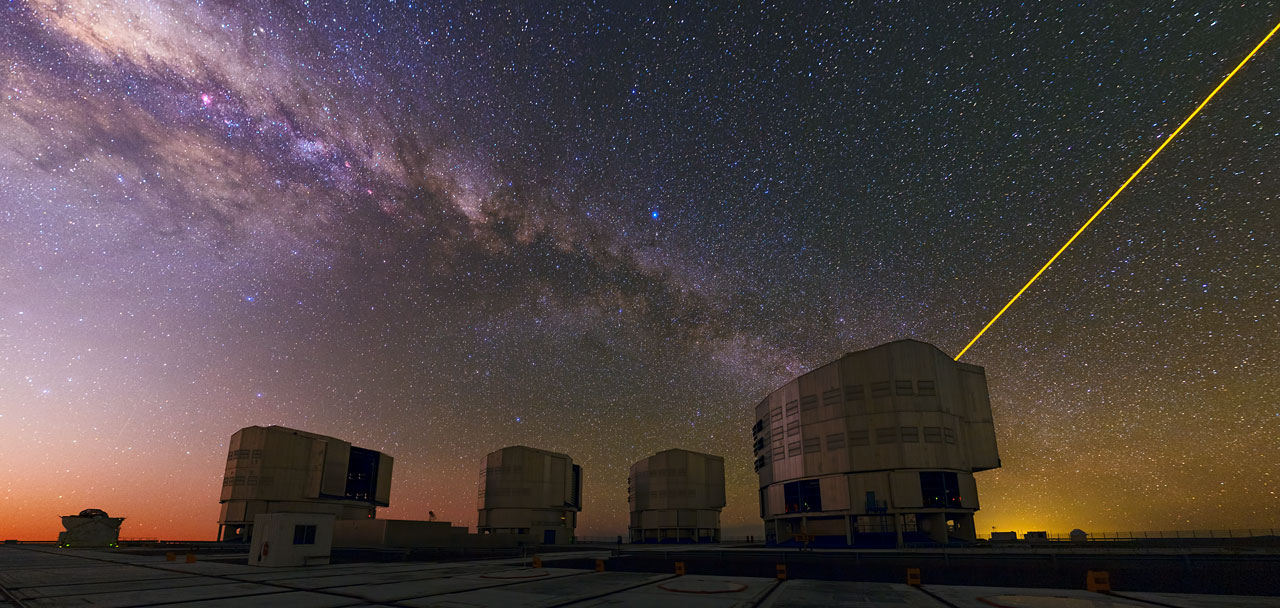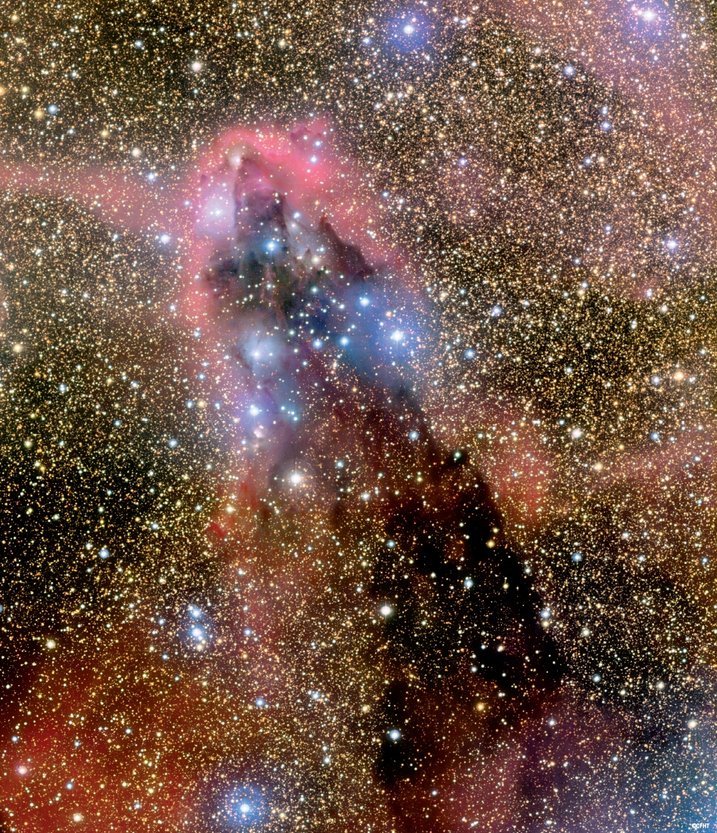Best Space Photos of the Week — June 21, 2015
Cassini Captures Breathtaking View of Saturn's Dione
On Tuesday (June 16), NASA's Cassini mission had an EXTREMELY close encounter with one of Saturn's cratered moons, Dione. See the Full Story.
'Spit of Satan' Solar Flare Seen By NASA Satellite | Video
On it’s way over the limb, as the Sun rotates, sunspot AR2365 popped a massive coronal mass ejection into space on 18 June 2015. Read the Full Story.
Milky Way Trails Over Grand Canyon Star Party In Time-Lapse Video
Our galaxy shimmered over the national park in Arizona on June 20, 2011. Read the Full Story.
Hubble Telescope Captures 'Bizarre Cosmic Quartet' of Galaxies
Talk about galactic drama. Some of the strangest galaxies in the universe congregate in groups like this motley crew, where the Hubble Space Telescope has found examples of furious star creation, bright radiation and active supermassive black holes. Read the Full Story.
Stellar Photo Reveals Cosmic Crashes Waiting to Happen
Densely packed clusters of stars are accidents waiting to happen in space. Read the Full Story.
One Big Sky
Thursday, June 18, 2015: Astrophotographer Nick Lehnberg sent in a shot of the Milky Way taken in Kansas, mid-March 2015. Car headlights streak across the frame in the foreground. Read the Full Story.
Hit Me with Those Laser Beams
Wednesday, June 17, 2015: ESO’s Very Large Telescope (VLT) stands on the platform of Cerro Paranal in Chile. The Milky Way appears above a reddish sunset. The telescope at right shines a laser into the sky to create an artificial star which can help astronomers correct the blurring of images caused by Earth’s atmosphere. Image released June 15, 2015. Read the Full Story.
Breaking space news, the latest updates on rocket launches, skywatching events and more!
Will I Ever Go to the Dark Tower?
Monday, June 15, 2015: This Dark Tower consists of dust and gas in a cloud located about 5000 light-years away from Earth in the southern constellation of Scorpius. Referred to as a cometary globule, the structure spans 40 light-years. The top of the tower lies exposed to intense ultraviolet radiation from a nearby cluster of hot young stars it recently generated (NGC 6231), which creates the red glow from ionized hydrogen gas. Read the Full Story.

Space.com is the premier source of space exploration, innovation and astronomy news, chronicling (and celebrating) humanity's ongoing expansion across the final frontier. Originally founded in 1999, Space.com is, and always has been, the passion of writers and editors who are space fans and also trained journalists. Our current news team consists of Editor-in-Chief Tariq Malik; Editor Hanneke Weitering, Senior Space Writer Mike Wall; Senior Writer Meghan Bartels; Senior Writer Chelsea Gohd, Senior Writer Tereza Pultarova and Staff Writer Alexander Cox, focusing on e-commerce. Senior Producer Steve Spaleta oversees our space videos, with Diana Whitcroft as our Social Media Editor.
